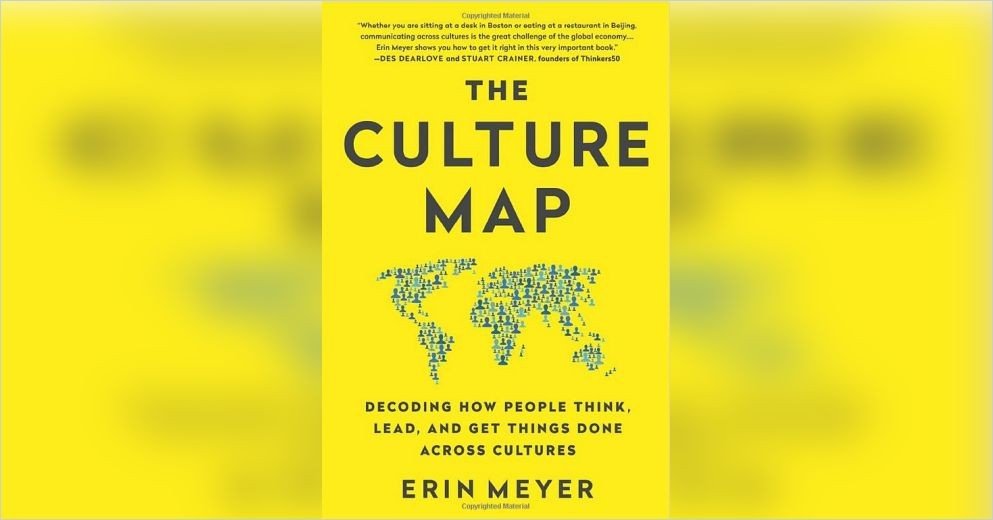Bridging Cultures in Healthcare: Why Every Leader Should Read Erin Meyer's 'The Culture Map'
In the ever-evolving landscape of global healthcare, the ability to navigate cultural complexities is not just an advantage – it's a necessity. My recent experience in the operating room (OR) of our hospital brought this reality into sharp focus, mirroring the profound insights in Erin Meyer's essential read, "The Culture Map."
In the OR, I witnessed a remarkable display of multicultural teamwork: surgeons from the UK and Saudi Arabia, an Egyptian anesthesiologist, a Moroccan technician, and nurses from India, Saudi Arabia, and the Philippines. This diverse team, working seamlessly together, exemplifies the critical need for understanding and managing cultural differences in healthcare – a theme deeply explored in "The Culture Map."
Meyer's book offers invaluable insights into cultural dynamics that are highly applicable to healthcare settings:
Communicating: Low vs. High ContextUnderstanding the nuances of indirect communication in high-context cultures is crucial in healthcare for clear and effective interactions.
Evaluating: Direct vs. Indirect Negative FeedbackRecognizing different approaches to feedback helps in creating an environment where all team members feel valued and understood.
Leading: Egalitarian vs. HierarchicalAdapting leadership styles to suit the cultural backgrounds of team members can enhance collaboration and respect.
Deciding: Consensual vs. Top-DownAppreciating how decision-making processes vary across cultures can improve team efficiency and morale in healthcare settings.
Trusting: Relationship-Based vs. Task-BasedBuilding trust varies culturally; understanding this can strengthen partnerships and team dynamics.
Disagreeing: Confrontational vs. Non-ConfrontationalEffective conflict resolution in multicultural teams is key to maintaining a harmonious and productive work environment.
Scheduling: Linear-Time vs. Flexible-TimeAwareness of different perceptions of time helps in managing expectations and workflows in international healthcare collaborations.
Persuading: Principles First vs. Applications FirstAdapting persuasion techniques based on cultural preferences can lead to more effective communication and patient care strategies.
Incorporating these insights from "The Culture Map" into our daily practice, as seen in the diverse OR team, can significantly enhance patient care and team efficiency. The harmonious operation within such a diverse team was achieved by understanding and valuing each member's cultural background, aligned with our shared commitment to patient welfare.
For healthcare leaders and professionals, Meyer's "The Culture Map" is more than a book; it's a guide to mastering the art of multicultural teamwork.
By embracing these lessons, we can transform our approach to healthcare, making it more inclusive, effective, and empathetic. In conclusion, combining personal experiences from the healthcare frontlines with the teachings of "The Culture Map" offers a powerful blueprint for navigating the complexities of a multicultural environment. It's a journey towards better understanding, collaboration, and ultimately, superior patient care.
#HealthcareDiversity #CulturalCompetence #GlobalHealthcare #ErinMeyer #TheCultureMap #MulticulturalTeams #EffectiveCommunication #LeadershipInHealthcare #PatientCare #TeamDynamics #CrossCulturalManagement #HealthcareLeadership #CulturalUnderstanding #HealthcareInnovation #GlobalHealthLeaders #DiverseHealthcareTeams #CulturalIntelligence #HealthcareManagement #NavigatingCulturalDifferences #HealthcareCollaboration


